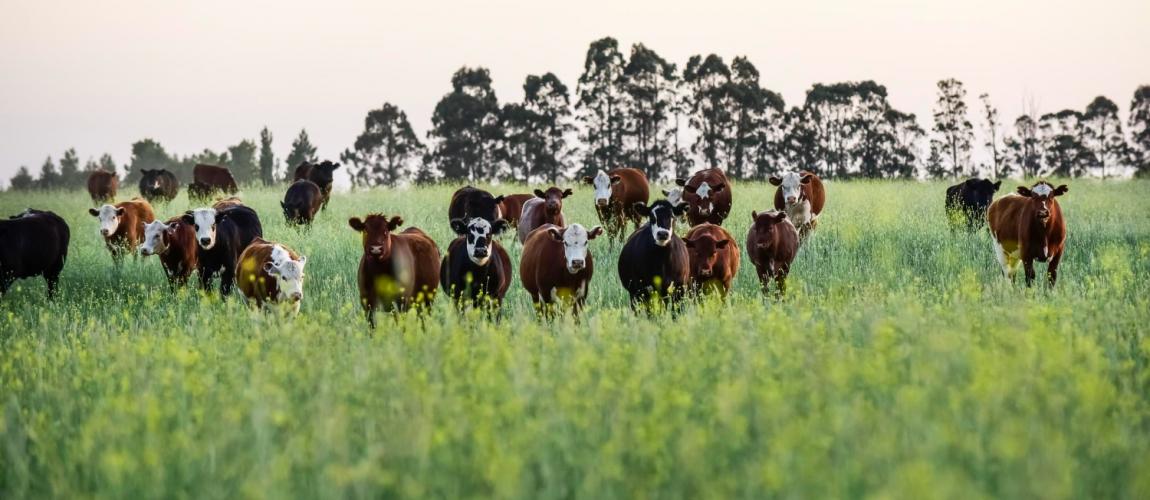Slaughterhouse Redevelopment, Cagayan de Oro City, Philippines

Photo Credit: Image by Freepik
On this page: A case study on Slaughterhouse Redevelopment, Cagayan de Oro City, Philippines. Find more at the Municipal Public-Private Partnership Framework - Project Summaries section for brief summaries of around 100 projects from around the world, examples of successes and challenges, as well as innovative ideas on solutions, or visit the Guidelines to Implementing Asset Recycling Transactions Section Overview and Content Outline, or download Full Version of the Report.
Project Summary: Background The livestock industry, particularly poultry, is at the heart of the economy of Cagayan de Oro City. In 1995, livestock production reached 158,000 heads, of which 135,000 were chickens. The only slaughterhouse in the city, however, was inadequate to cater to the needs of the growing industry and demand from the population, as it also served neighboring towns. In 2000, the local government of Cagayan de Oro identified the need to upgrade and modernize the slaughterhouse. It then conducted a pre-feasibility study in 2003 to prepare the project as a PPP. Project Structure The project was awarded to Mega Integrated Agro- Livestock Farm Corporation (MEGA FARM) in 2004, through a competitive bidding process, in the form of a 25-year Build-Operate-Transfer contract with a total investment value of USD 3 million. The project entailed converting the old slaughterhouse into a 2.45-hectare modern Abattoir Complex that would contain, inter alia, a slaughterhouse for small and large animals as well as supporting facilities, such as water treatment, a livestock auction market, a deep well water source, and meat delivery vans. Under the PPP agreement, the private operator pays the city a monthly facility usage fee in exchange for the right to operate the expanded facility. Revenue to pay this fee and recover the private partner’s investment is derived from the slaughter and delivery fees it collects from users of the facility. These fees can be increased by not more than 10 percent, provided that they are: (i) justified by increases in the actual cost of operations, and; (ii) no higher than the average fees charged by three comparable private slaughterhouses in Visayas and Mindanao. The government also exempted the private operator from real property and business taxes, but not from regulatory fees. Lessons Learned Although agriculture PPP projects are often considered unattractive and un-bankable, this project was able to appeal to private investors due in part to the following. The prime location of the facility, as the abattoir is located near to both livestock sources and the market, which helps limit transportation costs; and The incentives provided by the local government, namely the property and business tax exemptions. The project was selected to be featured on the Philippines’ PPP website as one of the country’s successful PPP projects.1 Footnote 1: Case source(s): https://ppp.gov.ph/ press_releases/ redevelopmentof- the-cdo-cityslaughterhouse- project/ Accessed on May 27, 2019. https://www.ruaf.org/ sites/default/files/ Cagayan_1_1.PDF Accessed on May 27, 2019. https://www.adb.org/ sites/default/files/ publication/213606/ philippines-ppp-lgus. pdf Accessed on May 27, 2019.
This is a new section of the PPPLRC website and is currently in draft form. Your feedback is welcome: If you would like to comment on the content of this section of the website or if you have suggestions for links or materials that could be included please contact us at ppp@worldbank.org.
To find more, visit the The Municipal Public-Private Partnership Framework - Project Summaries section, the Guidelines to Implementing Asset Recycling Transactions Section Overview and Content Outline, or download Full Version of the Report.
Updated: March 9, 2024